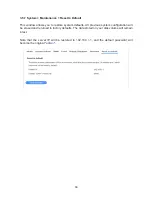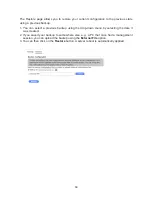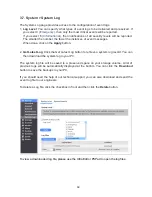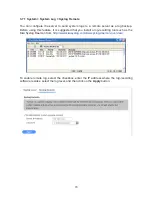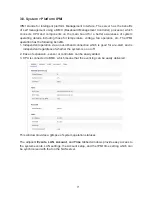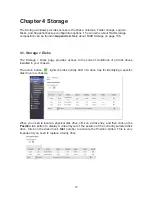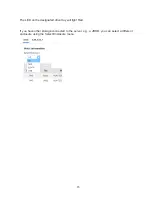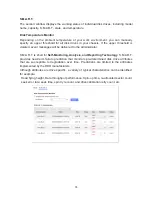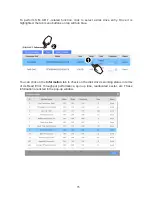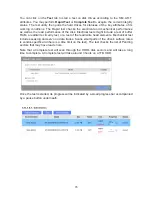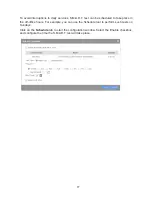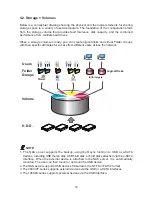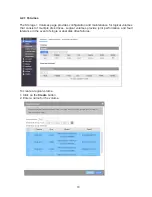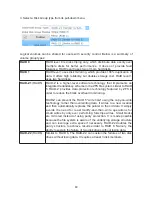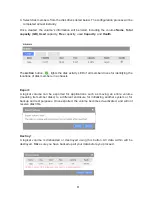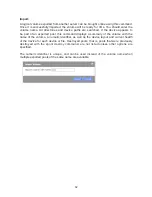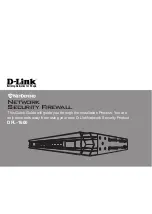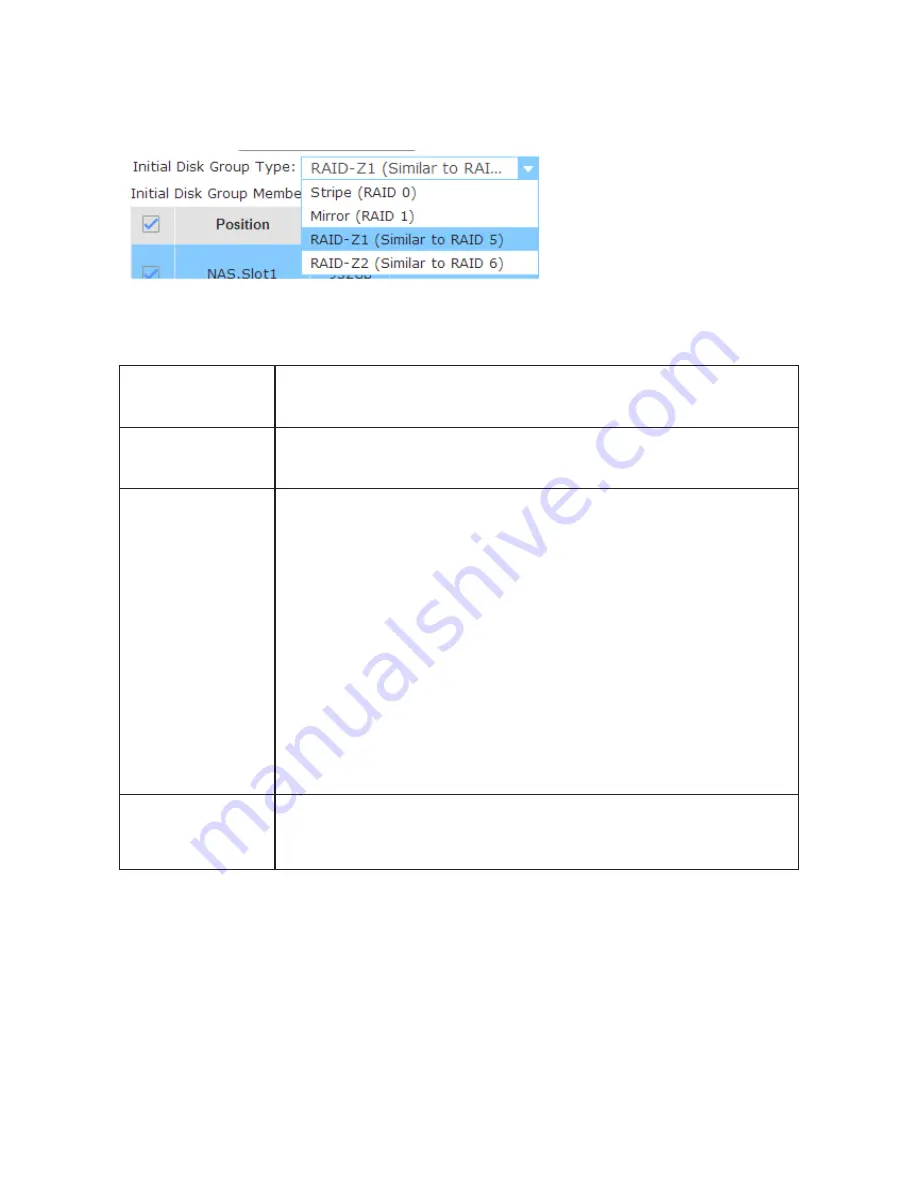
80
3. Select a Disk Group type from its pull-down menu.
Logical volumes can be shared for users with security control. Below is a summary of
volume group types:
RAID 0
RAID level 0 is disk striping only, which distribute data evenly over
multiple disks for better performance. It does not provide fault
tolerance. RAID level 0 uses two or more hard disks.
RAID 1
RAID level 1 uses disk mirroring, which provides 100% duplication of
data. It offers high reliability, but doubles storage cost. RAID level 1
uses two hard disks.
RAID-Z1
(RAID5)
RAID-Z is a higher-level software technology that implements an
integrated redundancy scheme in the ZFS file system similar to RAID
5. RAID-Z provides data-protection technology featured by ZFS in
order to reduce the block overhead in mirroring.
RAID-Z can prevent the RAID 5 "write hole" using the copy-on-write
technology; rather than overwriting data. It writes to a new location
and then automatically replaces the pointer to the old data. It simply
avoids the need for read-modify-and-then-write operations for
small writes by only ever performing full-stripe writes. Small blocks
are mirrored instead of using parity protection. It is made possible
because the file system is aware of the underlying storage structure
and can leverage extra space if necessary. RAID-Z2 doubles the
parity structure to achieve results similar to RAID 6. Namely, the
ability to sustain the failure of two disk drives without losing data.
RAID-Z2
(RAID6)
Similar to RAID 6, The RAID-Z2 can sustain the failures of two disk
drives without losing data. It requires at least 3 disk members.

